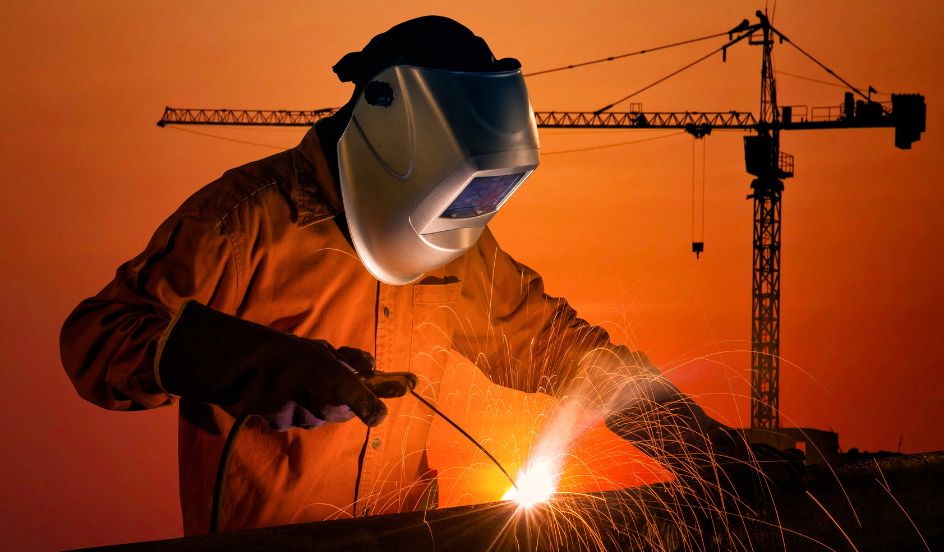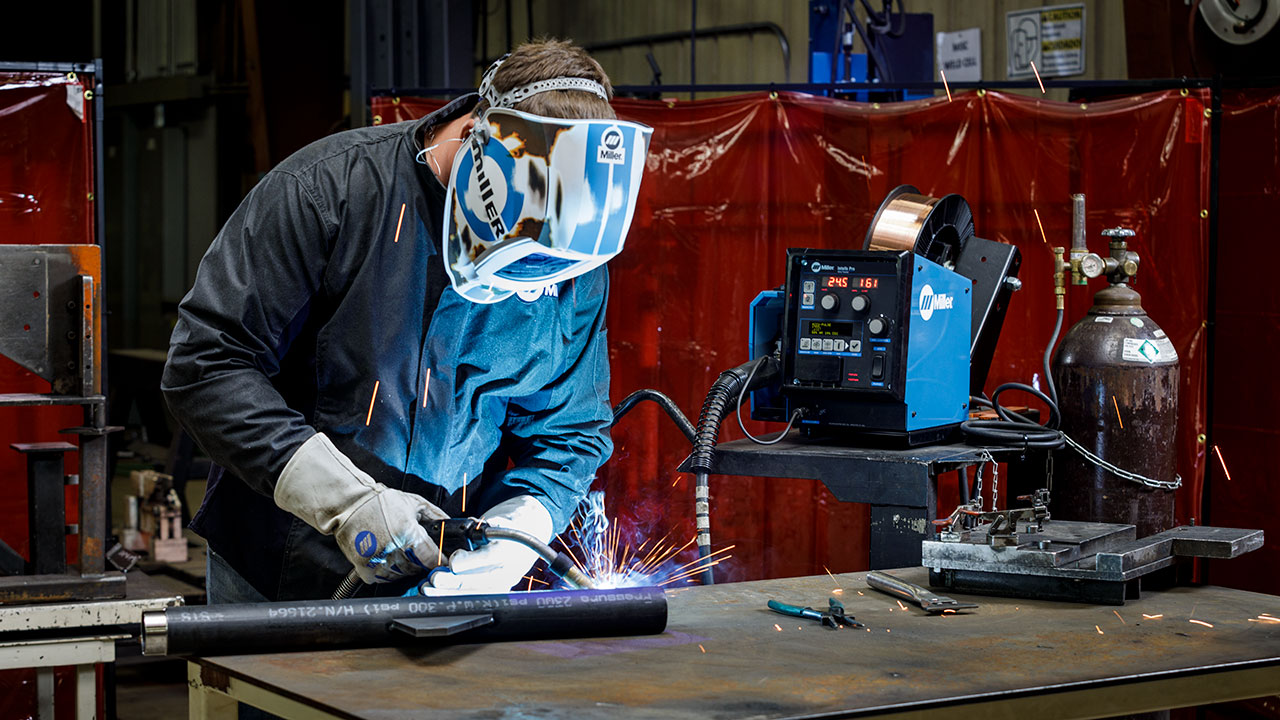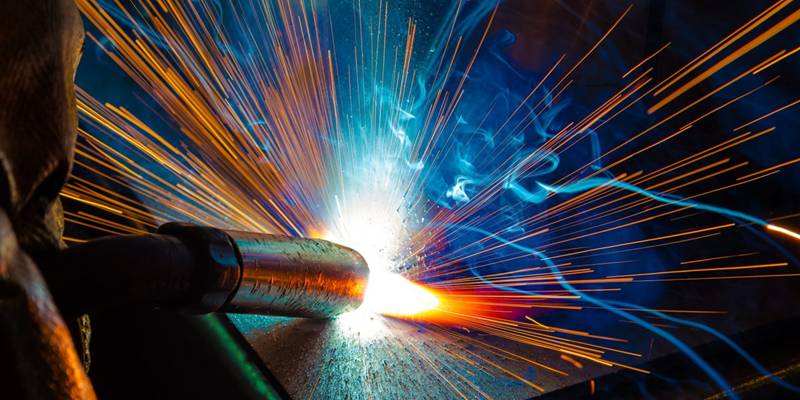Welding WPS for Beginners: Getting Going with Welding Procedure Specs
Welding WPS for Beginners: Getting Going with Welding Procedure Specs
Blog Article
Understanding Welding WPS Specifications: Finest Practices and Techniques for Quality Welds
In the realm of welding, understanding Welding Treatment Spec (WPS) standards is a critical part that directly influences the top quality and stability of welds. Following these criteria makes sure consistency and integrity in welding results. However, attaining excellence in welds exceeds just understanding the criteria; it involves applying finest practices and strategies that elevate the craft to a degree of accuracy and ability that distinguishes the average from the exceptional. As we browse through the ins and outs of welding WPS standards, revealing essential understandings and techniques for achieving top-tier welds will certainly be vital for welders seeking to master their craft and create welds that stand the test of time.
Recognizing Welding WPS Standards

Inspectors depend on WPS documentation to confirm that welding treatments are being complied with appropriately and that the resulting welds are of high quality. Designers use WPS criteria to develop welding procedures that ensure the resilience and dependability of welded frameworks.


Necessary Devices for Quality Welds
Understanding welding WPS criteria is essential for welders to effectively utilize the important devices required for generating high quality welds. One of the most crucial devices for quality welds is a welding machine. The sort of welding equipment required depends upon the welding process being used, such as MIG, TIG, or stick welding. Welding helmets are also indispensable to protect the welder's eyes and face from triggers, warmth, and UV radiation. Furthermore, welding handwear covers constructed from long lasting and heat-resistant materials protect the hands from burns and injuries. Clamps and magnets help hold the workpieces with each other securely during the welding process, making certain precise and specific welds. Wire brushes and breaking hammers are vital for cleaning up the weld joint prior to and after welding to get rid of any pollutants that could influence the top quality of the weld. Lastly, a determining tape and angle grinder are useful tools for making sure correct alignment and preparing the workpieces for welding.
Key Techniques for Welding Success
To accomplish welding success, one should understand the crucial methods crucial for creating premium welds. One vital method is keeping the correct arc size. Keeping the electrode at the ideal range from the work surface is crucial for producing strong, uniform welds. In addition, controlling the travel speed is paramount. Moving also quickly can cause insufficient penetration, while moving too slowly can bring about too much warm input and possible defects. Proper adjustment of the electrode angle is an additional vital method. The angle at which the electrode is held can influence the bead form and penetration of the weld. Furthermore, making sure regular weapon angle and instructions of travel is crucial for harmony in the weld bead. Last but not least, maintaining a consistent hand and a stable welding placement throughout the procedure is key to achieving precision and uniformity in the welds. By grasping these essential strategies, welders can elevate the quality of their job and accomplish welding success.
Ensuring Compliance With WPS Specifications

In addition, welders ought to undergo training to familiarize themselves with the WPS standards pertinent to their job. Regular audits and inspections ought to be carried out to validate that welding tasks line up with the suggested WPS standards. Additionally, keeping thorough records of welding criteria, equipment calibration, and evaluation results is vital for showing compliance with WPS standards - welding WPS. By carefully adhering to WPS criteria, welders can make certain that their job satisfies the necessary top quality levels and adds to the total success of the welding job.
Troubleshooting Common Welding Issues
When faced with usual welding concerns, recognizing the source is critical for reliable troubleshooting. One widespread issue is the visibility of porosity in welds, commonly brought on by impurities such as corrosion, oil, or wetness. To resolve this, making certain appropriate cleaning of the base metal before welding and using the correct securing gas can considerably minimize porosity. One more issue frequently run into is absence of combination, click to read where the weld falls short official statement to properly bond with the base material. This can come from inadequate warm input or inappropriate welding method. Changing criteria such as voltage, wire feed rate, or take a trip speed can aid boost blend. Additionally, distortion, splitting, and spatter prevail welding difficulties that can be minimized through appropriate joint preparation, constant warm control, and choosing the appropriate welding consumables. By extensively comprehending these usual welding concerns and their origin causes, welders can efficiently troubleshoot troubles and achieve top quality welds.
Conclusion
To conclude, understanding welding WPS standards calls for an extensive understanding of the standards, using crucial tools, and applying essential strategies for successful welds. Guaranteeing conformity with WPS standards is critical for creating top quality welds and staying clear of usual welding concerns. By adhering to best methods and methods, welders can achieve dependable and regular results in their welding jobs.
In the world of welding, understanding Welding Procedure Specification (WPS) standards is an important part that straight influences the top quality and stability of welds.When diving right into the realm of welding techniques, a crucial element to comprehend is the importance and ins and outs of Welding Procedure Requirements (WPS) standards. WPS criteria give a thorough standard for welding operations, guaranteeing uniformity, high quality, and safety in the welding procedure. The type of welding machine needed depends on the welding procedure being made use of, such as MIG, TIG, or stick welding.Achieving welding success with the mastery of vital strategies demands a comprehensive understanding and adherence to Welding Procedure Requirements (WPS) requirements.
Report this page